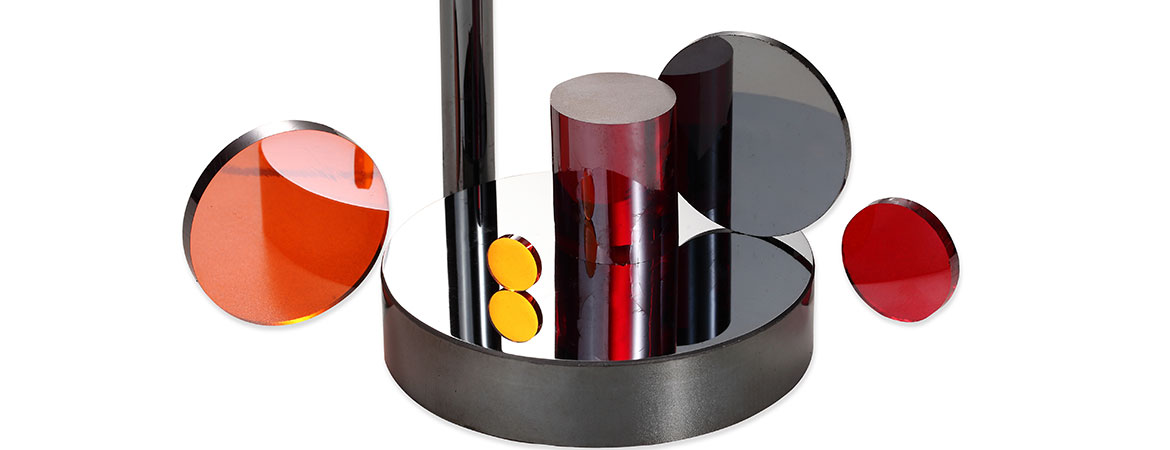Chalcogenide Materials

Chalcogenides
Chalcogenide infrared glass materials and lenses are an excellent alternative in some applications for the more expensive and commodity price-driven materials such as Ge, ZnSe and ZnS, or can be used in combination with multiple-element lens systems with standard IR materials. Optical applications include infrared optical lenses and infrared optical fibers. Chalcogenide glass has good transmittance, low thermal change in refractive index (dn/dT), good dispersion and wide bandwidth.
The Infrared Business Unit of Vital Materials is a manufacturer of Ge-As-Se, Ge-Sb-Se, As-Se, As-S and other series of chalcogenide glass products. Chalcogenide glass can be processed in a variety of ways. Planar, spherical, non-spherical, and other forms can be produced by molding, machining, polishing.
Chalcogenide glass products have excellent refractive index uniformity and stability. It is an ideal optical material for achieving chromatic aberration correction and avoiding thermal defocusing of infrared optical lenses within the range of 2-12 μm. It is mainly used for monitoring equipment and systems, marine/ship, fire protection/police, sensors and infrared products.
Chalcogenide optical elements can be designed to replace many Germanium applications when cost is a major consideration, as well as advantages of relatively high index, lower density, good thermal stability properties and moldable glass properties. Good chromatic correction makes it possible to use Chalcogenide lenses in place of some ZnSe applications. Chalcogenide IR glass can be processed using typical optical machining techniques including grinding, polishing and diamond turning, and can be coated with standard BBAR (broad-band anti-reflective) IR coating materials including DLC (diamond like carbon) coating.
Popular combinations of materials including Ge-As-Se, Ge-Sb-Se, As2Se3 and As2S3 can be offered.
Popular combinations of materials including Ge-As-Se, Ge-Sb-Se, As2Se3 and As2S3 can be offered.
